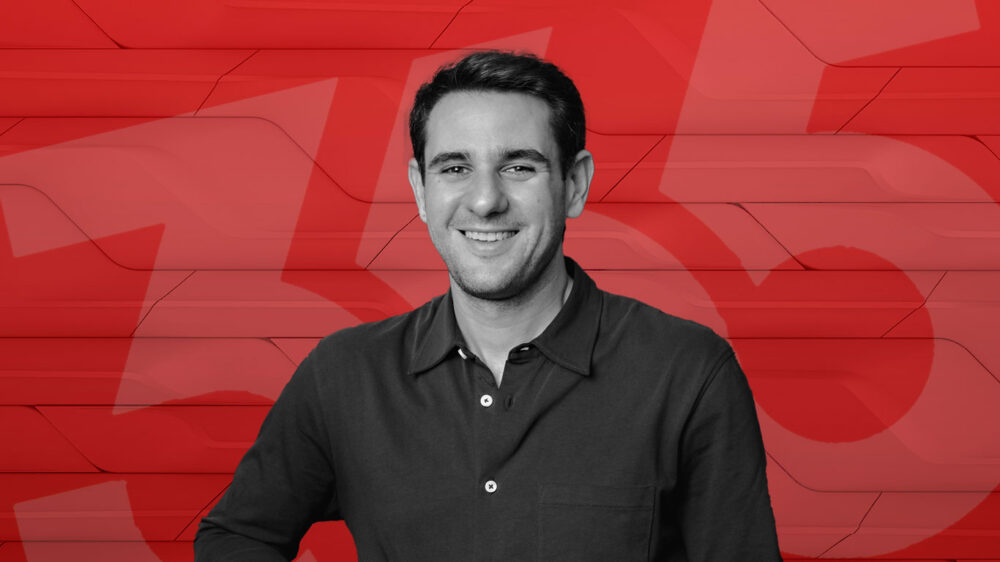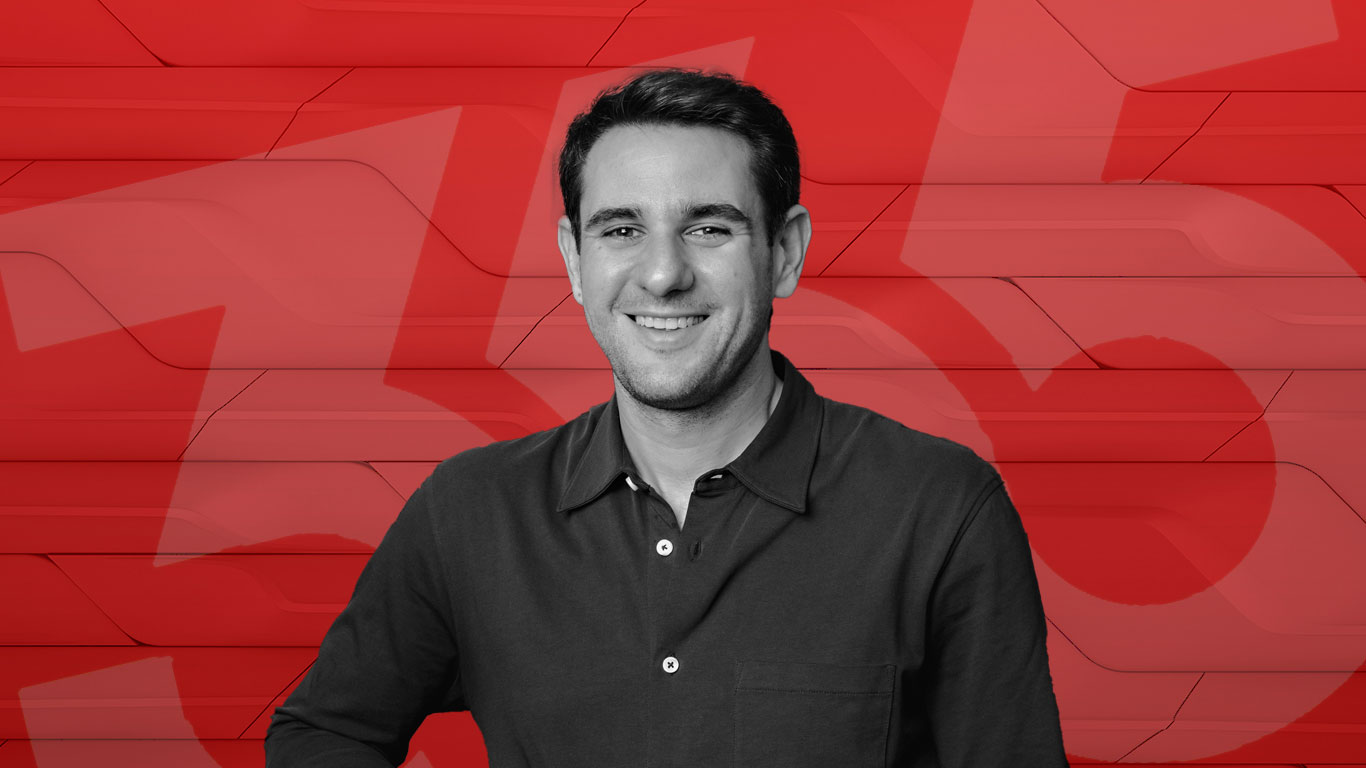Almost every consumer product you could think of that you could possibly need in your day-to-day life already exists. And it doesn’t just exist, it exists in multiple different formats so you have an embarrassment of choice among products that essentially do the same thing.
Of course, every now and again there is an ‘ah-ha!’ moment and a category will splinter, allowing a flurry of new entrants. But, by and large, in many sectors it is hard to come up with a product that is totally original.

That doesn’t mean entrepreneurialism is dead. It just means getting creative. If it’s hard to create a totally original product, to find growth, we need instead to look at creating a defensible brand.
A defensible brand is one whose values don’t just set it apart from the competition, they get stronger and stronger over time. By values, we don’t mean ‘worthiness’, although purpose is more and more important to consumers today. Values means its inherent traits that resonate strongly with customers, forming a tight bond. It might be a bit much to say these are traits that would compel consumers to go into battle for them, but it might. I wouldn’t want to get in the way of a PCs versus Mac fan smackdown.
Building a defensible brand means building an audience and gaining customers in a way that’s going to be so much better than any other product out there that it will just blow the competition out of the water.
One way to do it is to raise lots of money. Of course, if you have a ton of cash and the ability to invest it wherever you like, notably marketing, and you’re in a two-horse race with someone who doesn’t, you’re going to get there faster and you’re going to win. But in today’s market it’s hard to raise that level of financing for a consumer brand that isn’t really different to anything else on the market. Investors of 2023 are much happier looking at AI or scalable technology for example.
So how do you grow your audience and acquire customers better and faster than the next person?
The easiest and most cost-efficient way is to partner with or tap into existing communities. Take a yoga brand. Trying to build a brand in the wellness space, this brand wants to identify the people who are at the forefront of that community with followers that represent its brand values.
But it’s more than just saying ‘here’s some money to promote the product’. Authentic partnerships mean finding influencers who are willing to participate beyond a few seconds of product endorsement. The deal has to be structured correctly, the content has to be delivered in the right way.
Cycling and pelotons of ‘MAMILs’ (Middle-Aged-Men-In-Lycra) is an understandable community, but can you really build a community around CPG? Absolutely.
Red Bull is what we’re talking about when we think about brands that rebel, brands that tap into community. It’s only a soft drink, after all. But it identified that it is a high energy brand, representing the high energy space. Its community is made up of people who want to live in the extreme space. And so X Games and Felix Baumgartner’s leap from the edge of space and Soapbox Races is all an authentic representation of Red Bull’s brand, and the community that feeds it.
Leaning into community is the difference between paying to be involved and really getting it, becoming an authentic part of their landscape. In some ways, those brands with deep pockets in the two-horse race to be first to buy their audience are to be pitied. Authenticity and community are the key to defensible brands, to longevity and enduring category dominance. And that’s kind of a ‘money can’t buy’ deal.
















